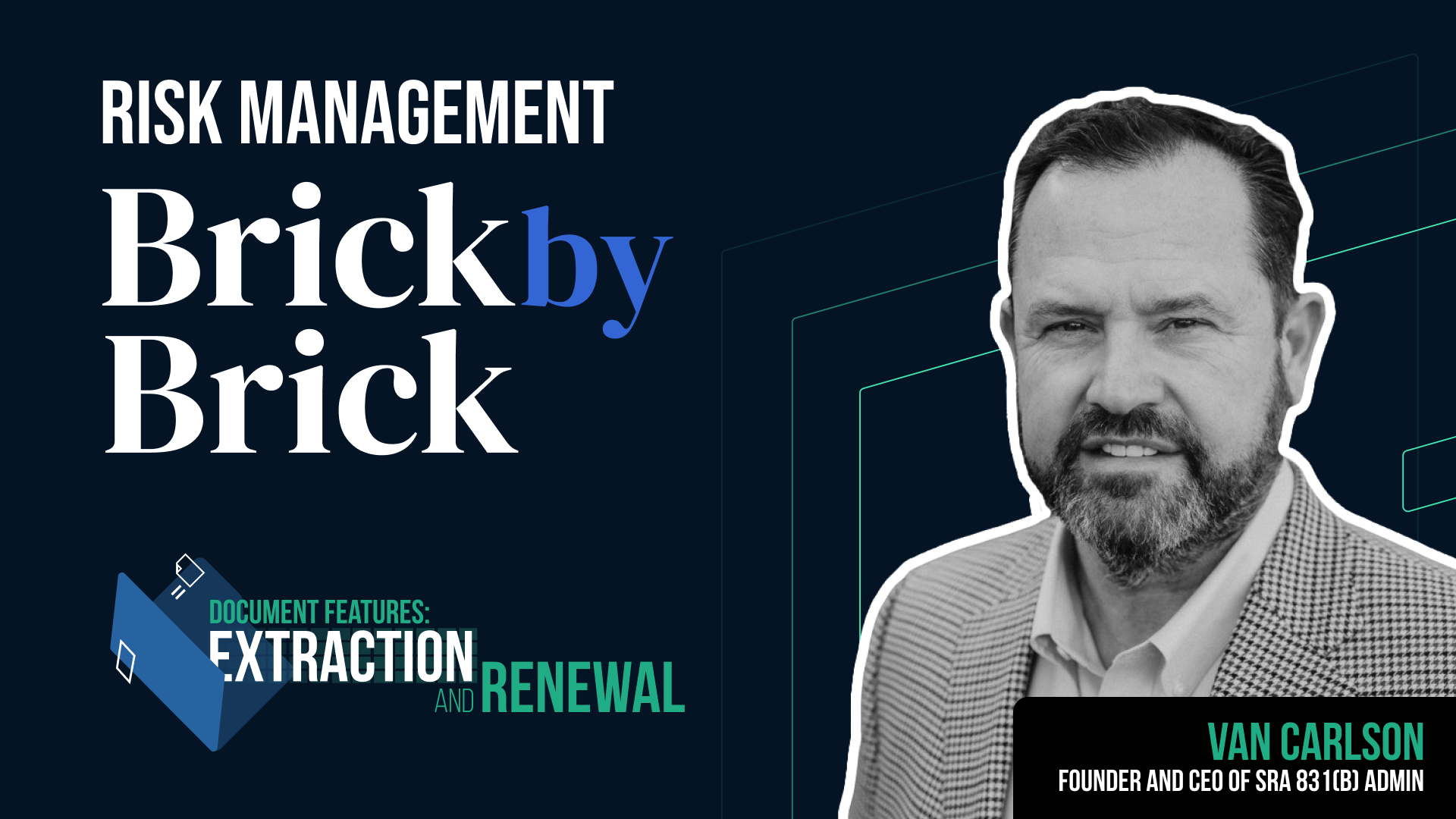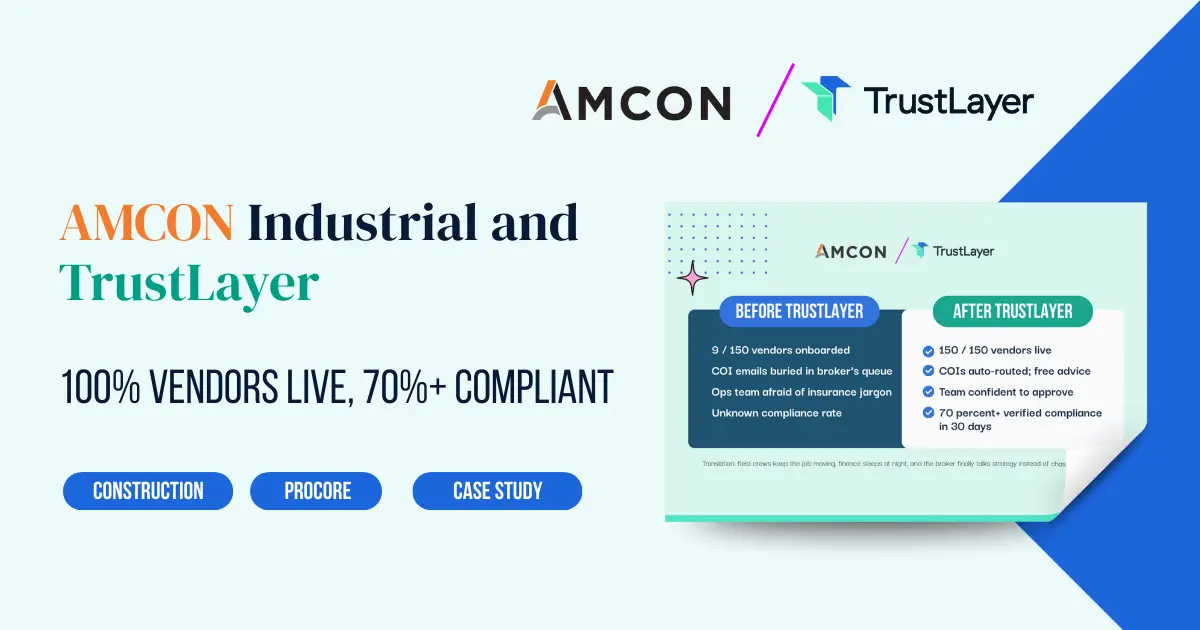 Resources
Resources From the End of a Shovel to Risk Management with Mike Flynn, Corporate Safety Director at Barnard Construction Company
From the End of a Shovel to Risk Management with Mike Flynn, Corporate Safety Director at Barnard Construction CompanyFrom the End of a Shovel to Risk Management with Mike Flynn, Corporate Safety Director at Barnard Construction Company

On the latest episode of Risk Management: Brick by Brick, Jason Reichl is joined by Mike Flynn, Corporate Safety Director at Bernard Construction Company, a Montana-based firm that specializes in heavy civil construction projects. With more than 30 years of experience in the construction industry, Mike is responsible for overseeing the company's safety programs and ensuring compliance with all relevant safety regulations and best practices.
In this episode, Jason and Mike outline exactly what the role of a Corporate Safety Director is and how building relationships with your subcontractors can benefit both them and your company! They also delve into whether or not you need hands-on experience for such a role, and how they’re implementing new trends in the construction space.
The Importance of Hands-on Experience
‘Do as I say, not as I do’ is a famous phrase, first appearing in The Nebraska State Journal in 1949, written by J.E. Lawrence. What are the emotions that spring to mind when that’s said to you? Is it one of anger? Annoyance? Or do you merely roll your eyes in deflation? Most of the time, if someone tries to give you advice or tells you what to do without any real knowledge and experience on the subject, you can’t help but feel a little resentment towards them.
What the hell would they know?
Mike understands this all too well. As Corporate Safety Director at Bernard Construction company, the last thing he wants to do is step on anyone’s toes. Luckily, he has four years of hands-on construction experience; he understands the risk management side of a subcontractor’s job better than some other corporate heads in his position. He understands the struggles and the importance of their experience, or, in his words: “I'm very familiar with the end of a shovel.”
“They are surprised when they first meet me to kind of hear my background of a blue collar mentality,” he continues. “But it also allows me to say, ‘Look, I understand what happens to you as you go through your career and the wear and tear on your body. Let's look forward and see what you can do to help save your own body, save yourself’. Because that's the risk management side of how you get from A to B over a 30 year span, and still be healthy at B.”
Communication is Key
When it comes to risk management, communication is probably the answer to most of the risk-related problems. If you can communicate clearly with the people around you and who work for you, then most risks can be avoided. Mike explains, “100% [of my job] is communication. I would guess that forty percent is the risk side of trying to look ahead, see what’s coming, are we prepared for what we have now and dealing with that. Because that is what allows you to plan your processes moving forward.”
But communication is about more than just talking and looking ahead, communication always requires two people, and both have to listen to each other, otherwise that risk management you’ve been trying to manage will become more than a risk: it will become a guarantee. If you have the experience under your belt as well as the authority and communication skills, you’re bound to mitigate issues all over the place!
“First and foremost, I think you have to be a very good listener,” he says. “In our role, we are facilitators. We ask what you are really looking for so we can help you. You can’t have preset determinations. The other side of it is believing your convictions.”

Want to hear Jason and Mike’s full conversation? Click below 👇
Apple: https://apple.co/3s1zdKy
Spotify: https://spoti.fi/43WuSpa









.png)



